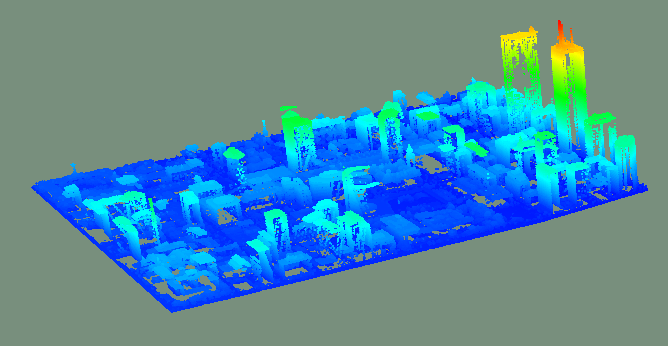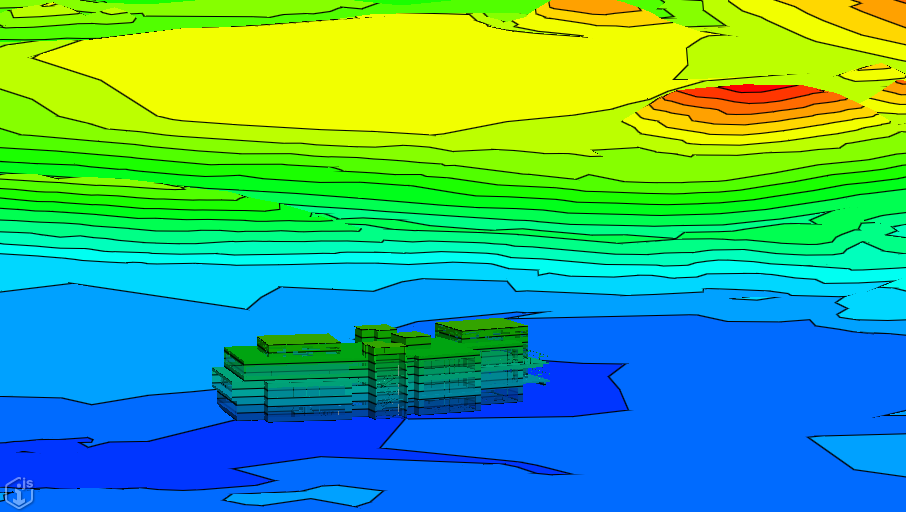2.7.0 Change Notes
Lighting for decoration graphics
Most types of decorations can receive lighting in 3d views (see GraphicType for details about how lighting applies to each type). But lighting requires normals, and until now a [GraphicBuilder[core-frontend would never generate normals; therefore, decorations were always unlit.
Now, GraphicBuilder.wantNormals can be used to indicate that normals should be generated. This property defaults to false to preserve the previous behavior. Meshes produced for any geometry added while the property is set to true will result in graphics with normals. For example:
Caveat: currently, no API exists for generating normals for a Polyface. So for now, if you want a lit polyface, you must both set GraphicBuilder.wantNormals and ensure the Polyface you supply to GraphicBuilder.addPolyface has predefined normals. (If the Polyface has predefined normals but GraphicBuilder.wantNormals is false, the normals will be ignored). This behavior will change once an API for generating normals becomes available - then, the normals will be generated if the Polyface lacks them and wantNormals is true.
Thematic display of point clouds and background terrain
Thematic display now supports point clouds and background terrain. If thematic display is enabled, point clouds and background terrain will be colorized using the corresponding thematic settings.
Note: Values of ThematicDisplayMode.Slope or ThematicDisplayMode.HillShade for the displayMode property of ThematicDisplay do not affect point clouds or background terrain. If these thematic display modes are selected, they will be colorized normally without any of the thematic settings applied. In this case, surfaces in the scene will still be colorized using the thematic settings.

Thematic rendering applied to a point cloud

Thematic rendering applied to background terrain
Presentation
A new rule to override default property category
By default, all properties that don't have a defined category, fall under the default one, labeled "Selected Item(s)". In
some cases there is a need for that category to be labeled differently, and for that purpose there's now a new presentation
rule - DefaultPropertyCategoryOverride. Example:
ui-components
Add components DatePickerPopupButton and DatePicker for showing and selecting a date and optionally a time.
ui-framework
Add support for [KeyinPalettePopup] component that opens using the Ctrl+F2 key combination. opening a popup that provides a list of key-ins supported by registered tools and allows a user to select and run a key-in. iModel.js applications must enable the use by enabling the feature flag as shown below.
An application can also provide a tool button to popup the Key-in Popup using the newly provided item definition CoreTools.keyinPaletteButtonItemDef.
Changes to frontend API to pull, merge and push change sets
The method to pull, merge and push change sets at the frontend has been split and moved to a new location. These frontend API continue to be work in progress, and are marked with the appropriate @alpha release tag. The corresponding backend API remains unchanged.
Before:
After:
Before:
After:
The method to get the parent change set id from the IModelConnection has been removed. It's available as a property that's kept up to date as change sets are pulled/pushed:
Before:
After:
Last Updated: 11 June, 2025